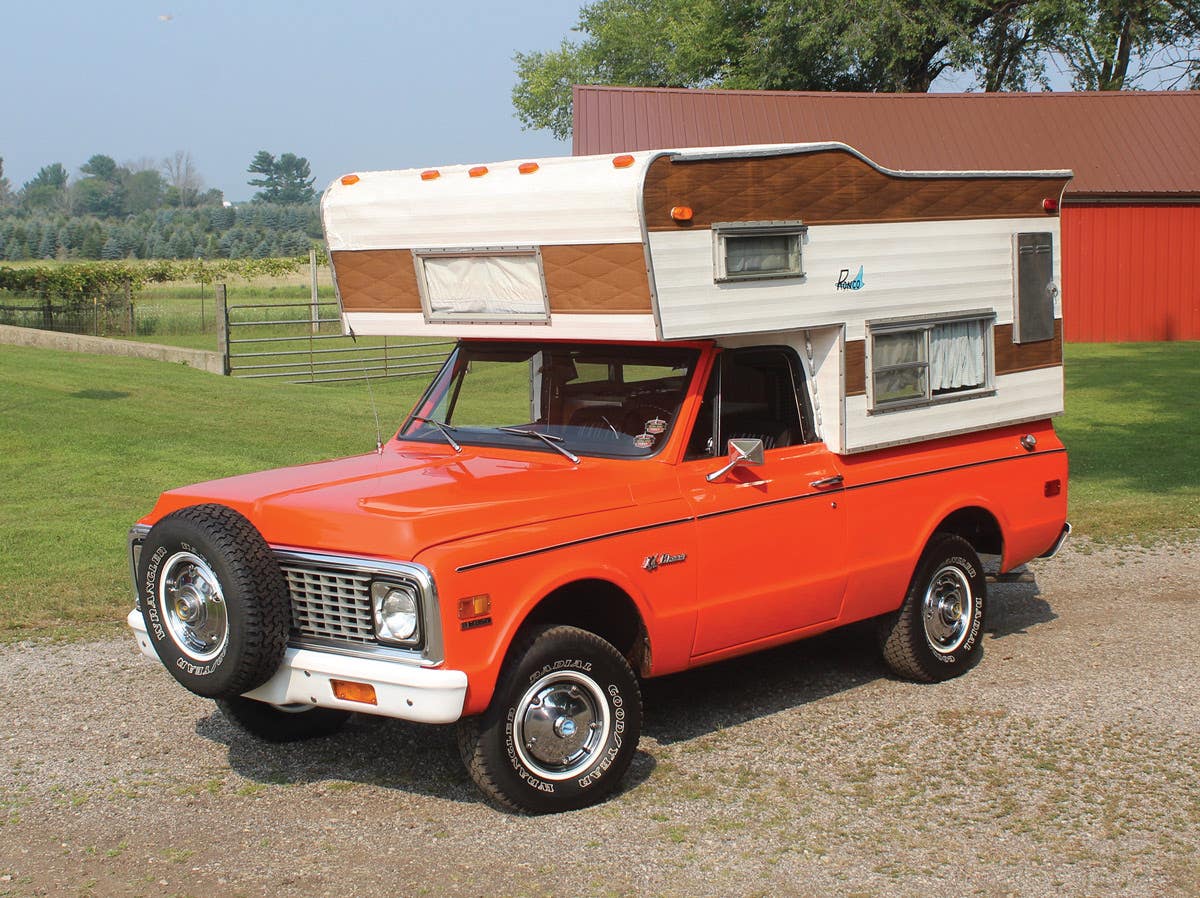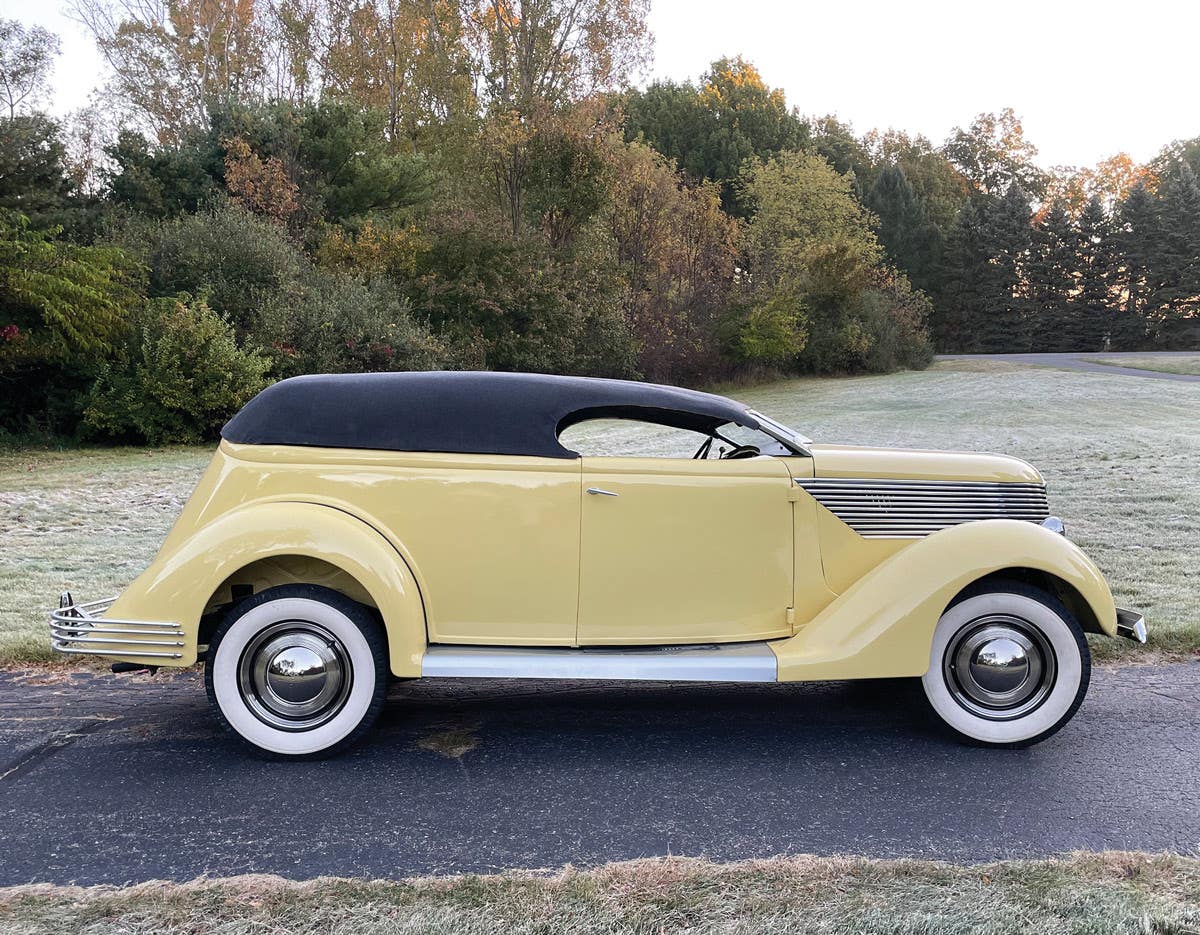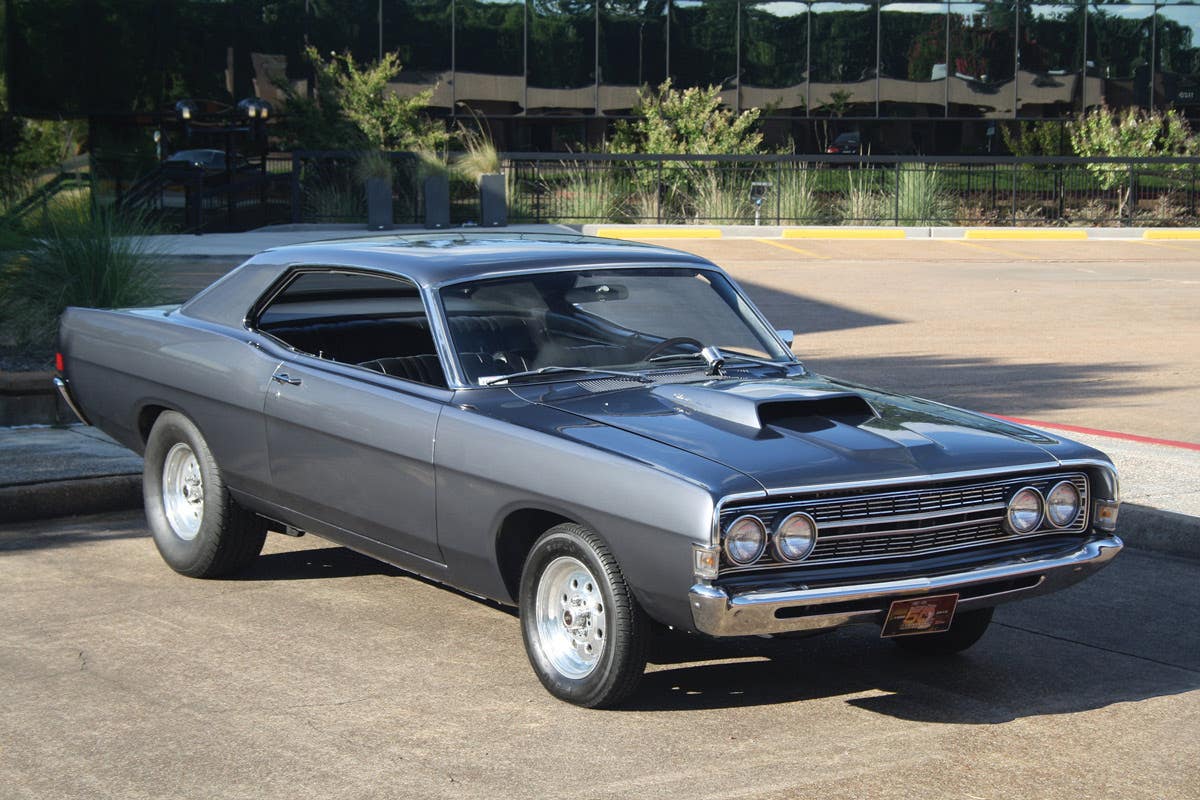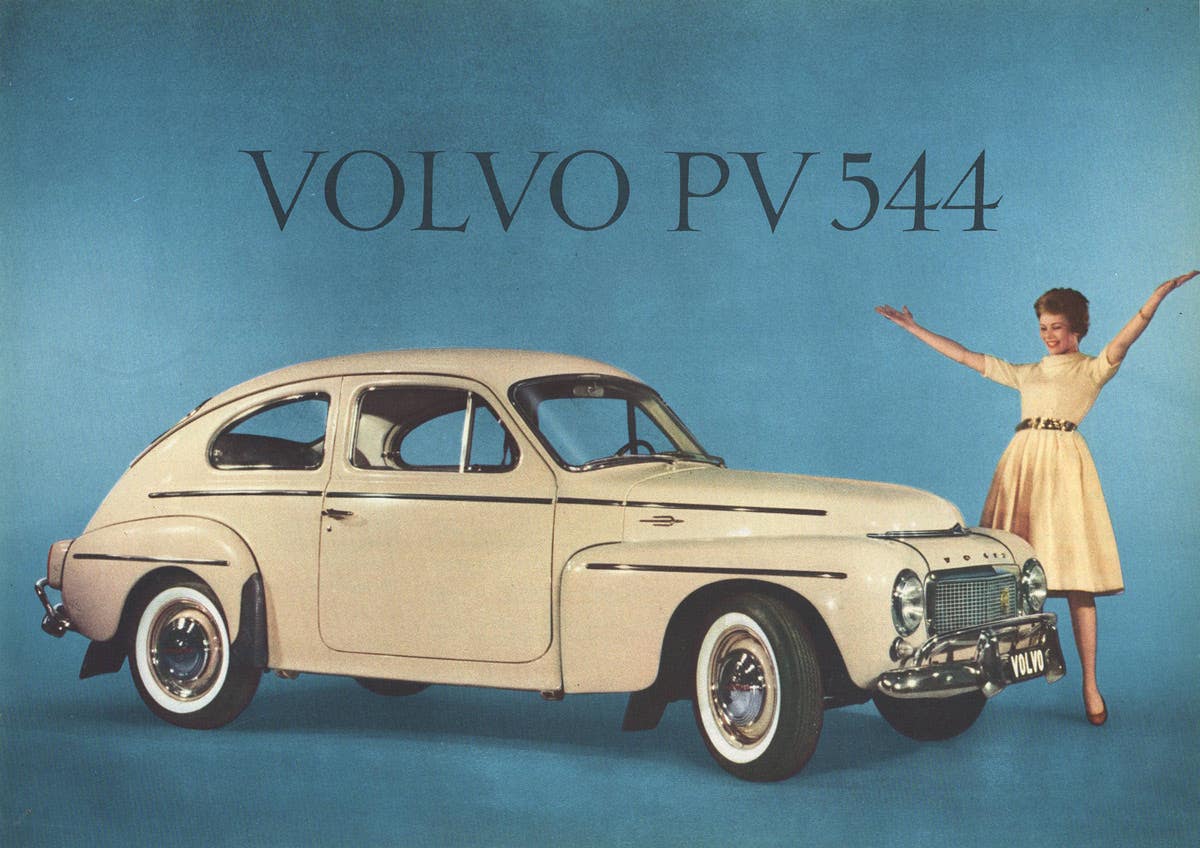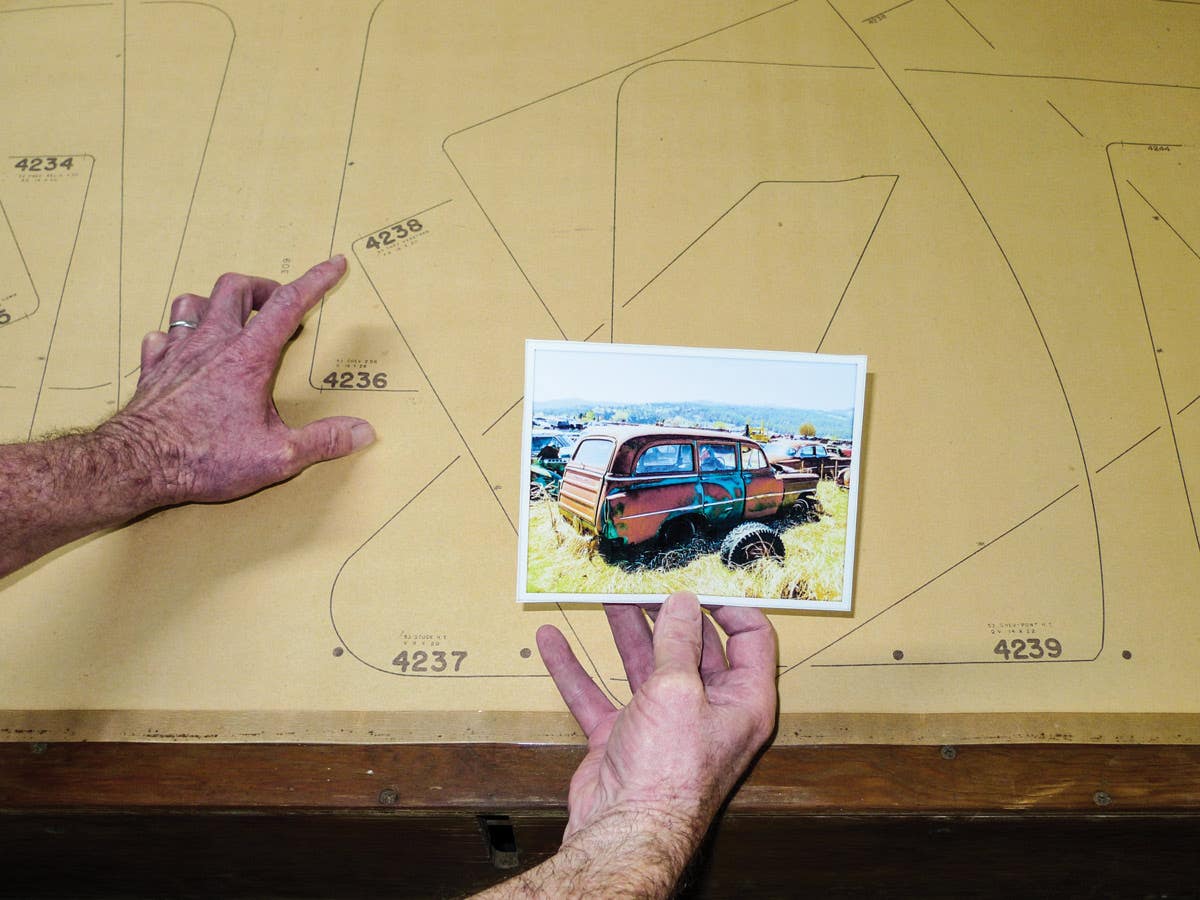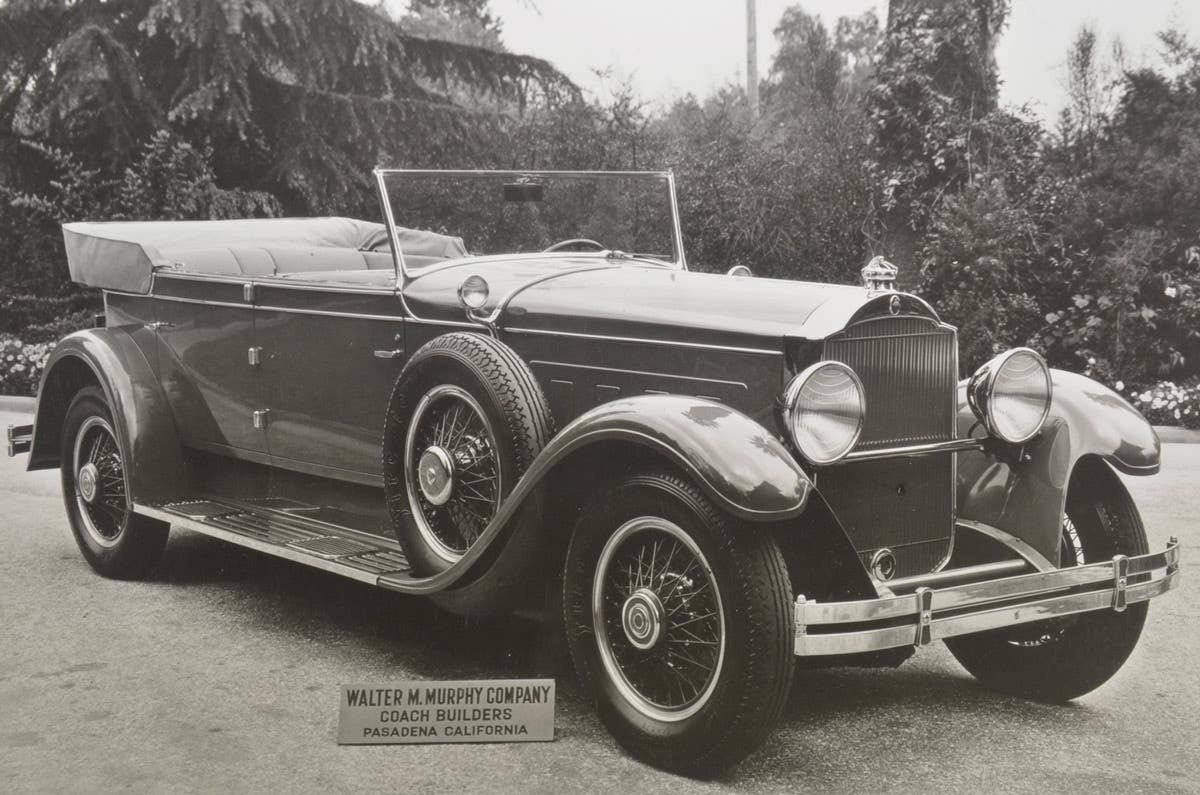Q&A with Kit Foster: November 10, 2011
Q. Thank you for printing my suggestion that the mystery microcar (Sept. 22 “Q&A”) may have been a King Midget. I did not catch the fact that the photograph was…
Q. Thank you for printing my suggestion that the mystery microcar (Sept. 22 “Q&A”) may have been a King Midget. I did not catch the fact that the photograph was of a three-wheeled car. However, you were incorrect when you stated that the King Midget appears to have a front-engine design. All of the King Midgets were rear-engine, including the early 1947-’48 designs.
Webb Smith, via e-mail
A. Thank you. The early King Midget did look, at first glance, like it might be front-engine, but I stand corrected.
-------------------------------------------------------------
Q. By looking at the photograph of this trophy, can you tell me the era from which it originated? Maybe you could get some input from fellow auto show people.
Wayne Foreman, via e-mail
A. That winged wheel looks familiar, but I can’t place it. Do any readers recognize it? It looks like perhaps a 1930s- or ’40s-style trophy.
-------------------------------------------------------------
Q. My first car was a 1952 Chevrolet that had a starter button on the dashboard. What was the final American car to have a starter button (not including the modern cars that have a version of them)?
Arnold Nichols, via e-mail
A. If my memory serves, Chrysler Corp. cars abandoned the dashboard button for a key-turn starter in 1949. Ford followed in ’51, but Mercury not until ’54. I think most General Motors cars had key-turn starting by ’53, although Buick continued accelerator pedal activation for many years longer. Nash and Studebaker located the starter button under the clutch pedal on manual shift cars. Nash automatics activated the starter with the transmission selector, while Studebaker’s had a dashboard-mounted, spring-loaded toggle switch, probably through ’55. Hudson had key-turn starting by ’53, I believe. Packard, like Buick, went directly from accelerator pedal to key-turn starting. Therefore, my nomination for the last dashboard push-button starter is the ’55 Lincoln. Any other contenders?
-------------------------------------------------------------
Q. Mike Radonski inquired about his 1962 Oldsmobile turn indicator (Sept. 8 “Q&A”). I also have a ’62 Olds Starfire convertible that had turn indicator problems. There were two problems. The switch activation mechanism under the steering wheel was floppy. I found that there are three countersunk screws that hold this mechanism in place. They were all loose. The steering wheel is easily removed. I tightened those screws and lubed the assembly. This helped, but didn’t resolve the problem. The electrical switch assembly is on top of the steering column, under the dash. This is also easily removed. I found it to be badly corroded and stiff. I generously sprayed it with electrical cleaner, freed it up, applied a dab of electrical silicone grease and placed it back in service. This completely solved the problem. The turn indicator lever is still a little floppy. I’ve found the electrical switch as an NOS part at swap meets.
Lee Barr, Highland, Ind.
A. Thank you for that advice, which supplies the detail that I lacked in my answer. Lyle Van Houten also wrote in to say that as a GM tech in the 1950s and ’60s, he often encountered loose screws connecting the lever arm to the turn signal switch. “It’s a real easy fix if you have a puller,” he explains.
-------------------------------------------------------------
Q. I’ve read recently in some old magazines that Plymouths of the early 1950s had a variety of ring and pinion gears for axle ratios, from the originals of 3.9, 4.0 or 4.1 to 1 in 1946-’49, to the 3.73 ratio in ’50, and down to a low (numerically) 3.54 in ’56. I’ve tried unsuccessfully to locate an overdrive unit for my ’48 Plymouth, which has, I believe, 4.1 gears. By tachometer (Westach), I’m seeing 40-41 mph (indicated and by GPS) at 2,000 rpm. It’s starting to get a bit busy at 2,500 rpm, and on an engine that’s never been opened up, I hesitate to drive it much over 50-52 mph. Would it be possible to locate and install a set of 3.73 gears, along with the appropriate speedometer drive unit? I realize the change would not help my acceleration much, but it’s not a rocket now. I hesitate to change the rear axle, but feel that the ring-and-pinion change may be easier, quicker and less expensive — if it will fit. Are there ideas about where to find the gears and speedometer drive?
Nicholas Essinger, Troy, Ohio
A. My experience has been limited to swapping complete axles between similar cars. Can any readers help with advice on gear changing?
To submit questions to this column: E-mail ron.kowalke@fwpubs.com or mail to: Q&A, c/o Ron Kowalke, 700 E. State St., Iola, WI 54990-0001.
Got Old Cars?
If you don't subscribe to Old Cars Weekly magazine, you're missing out on the only weekly magazine in the car hobby. And we'll deliver 54 issues a year right to your mailbox every week for less than the price of a oil change! Click here to see what you're missing with Old Cars Weekly!
More Resources for Car Collectors:
- Classic car price guides, research, books, back issues of Old Cars Weekly & more
- Get expert restoration advice for your classic car
- Get car pricing, data and history all in one place
- Sign up for Old Cars Weekly's FREE email newsletter
- Need to buy or sell your classic car? Looking for parts or memorabilia? Search our huge online classified marketplace



